Why does the Hubble see Pluto, but does not see the Apollo?
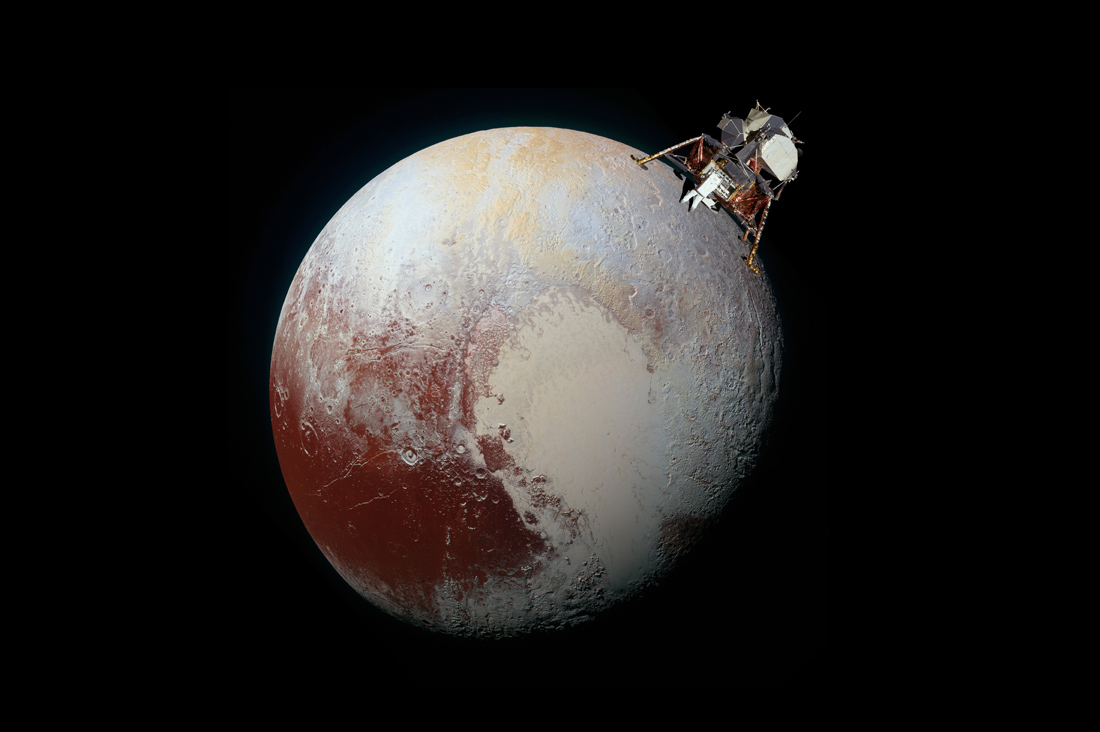
Often there is such a question when it comes to modern astronomical possibilities, in disputes about the landing of people on the moon. Many people are impressed by the colorful images from the Hubble telescope of distant galaxies and planets on the outskirts of the solar system, and it seems that on the Moon, we can consider everything.

For a start it is worth remembering what the possibilities of Hubble in observing Pluto .
')

Frankly speaking: not impressive, but this is the best that we had before the flight of New Horizons .
To answer why Hubble cannot see Apollo or Lunar rovers, we do not need to be a professional astronomer, and I don’t even need a geometry . Everything is solved by simple arithmetic: multiplication and division.
To determine the apparent size of objects, we need to know their actual size and distance from us.
Compare sizes:
Pluto: 2375 km.
Apollo: 9.6 m or 0.0096 km.
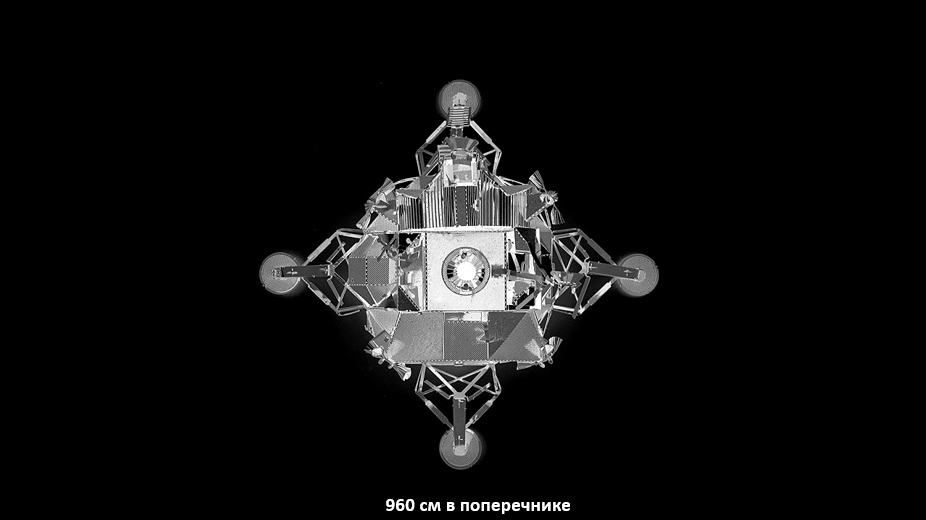
We divide 2375 by 0.0096 and get 247396 - Pluto is more Apollo.
Now compare the distance:
Average distance from the Sun to Pluto: 39.5 AU or 5,909,115,892.7 km.
Average distance from Earth to the Moon: 384,400 km.
From 5,909,115,892.7 we subtract 150,000,000 (distance from the Sun to the Earth), we get 5,759,115,892.7 and divide by 384,400 and get 14997.6 - to that extent Pluto is further away from the Moon from the Earth.
As a result, we see that the difference in size exceeds the difference in distance:
247396 divided by 14997.6 and we get 16.4 - approximately the apparent size of Pluto is much larger compared to Apollo. And it is precisely in that much more that we need to launch a telescope into outer Earth orbit in order to view Apollo in the form of several pixels without approaching the Moon.

There are allegations that the Hubble telescope does not specifically remove the landing sites of the lunar modules in order to hide the plot. Actually filmed . And the lunar modules have not seen! The reason why you didn’t see it described above, and you can find pictures of the Apollo 17 landing site from the Hubble telescope.
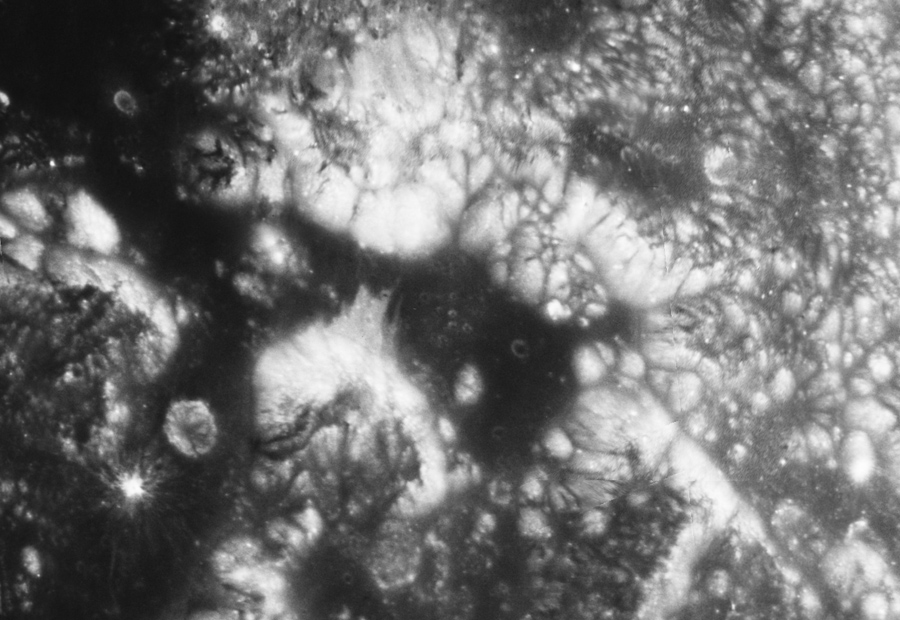
Only the purpose of these surveys was not to see the traces of astronauts, but to evaluate the capabilities of the telescope's ultraviolet spectrometer in determining rocks on the surface of the moon. Here, the telescope data were compared with real rock samples , which were collected by astronauts and delivered to Earth.
Comparing the picture of the Moon from the Hubble telescope with the images of the lunar satellite LRO flying at an altitude of 40 km, we can assess the capabilities of the telescope and the apparent dimensions of the lunar module.
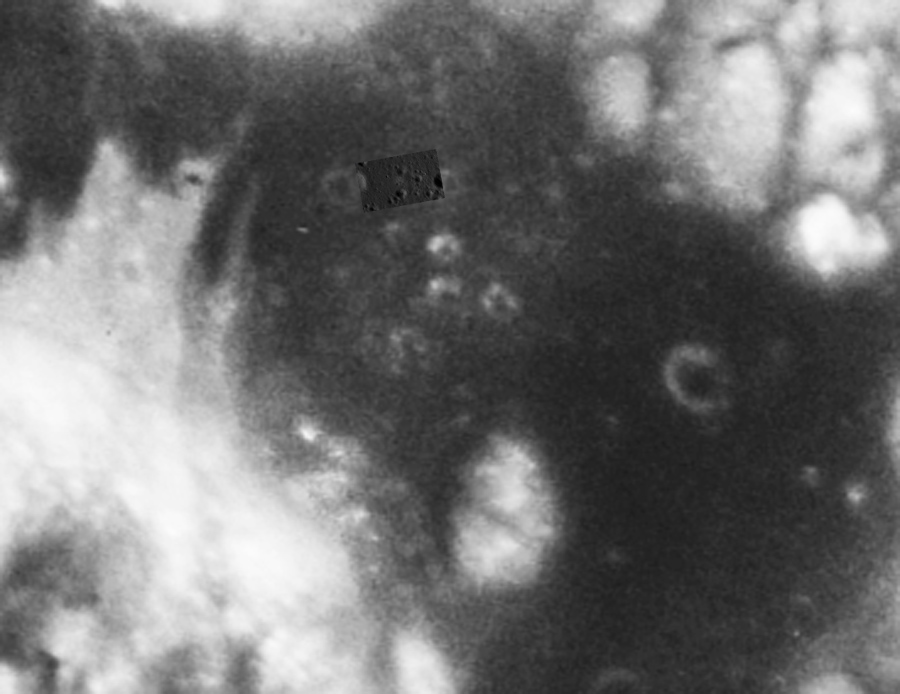
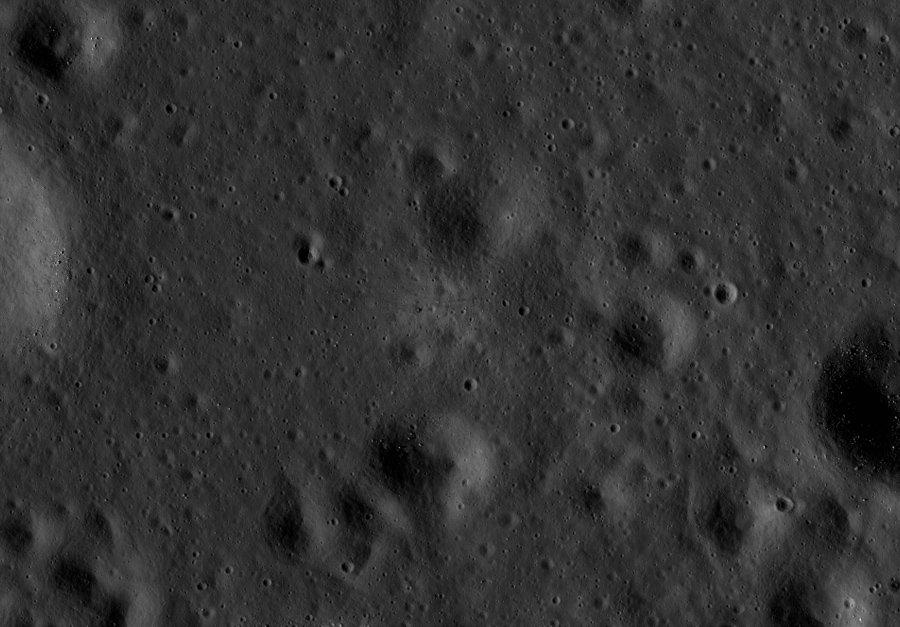
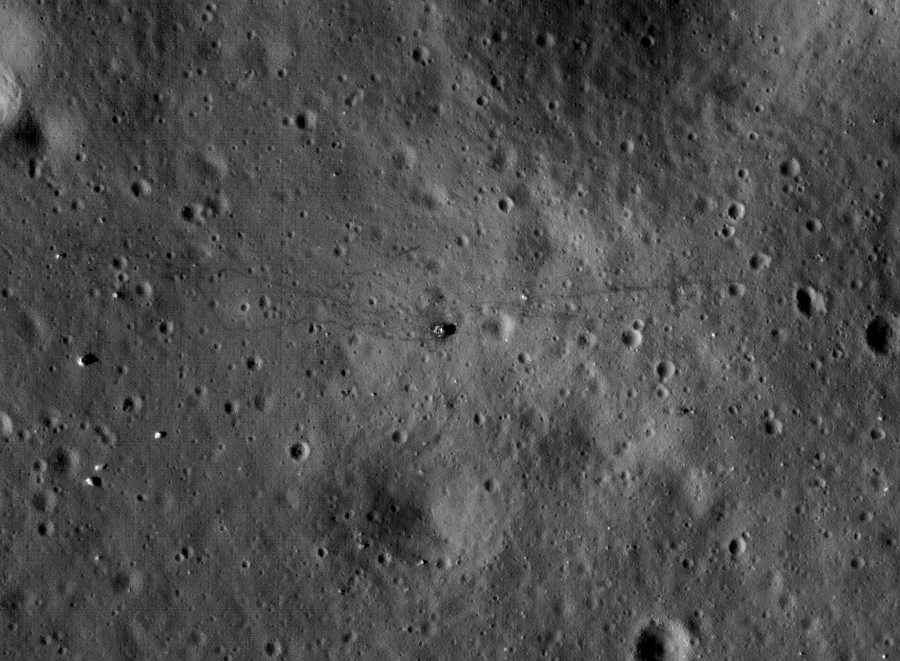
If we want to see the lunar modules or moon rovers even closer, then we will have to fly over the moon even lower in order to bring the camera as close as possible. Actually this is exactly what we are busy now.
Source: https://habr.com/ru/post/390141/
All Articles